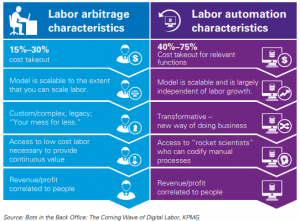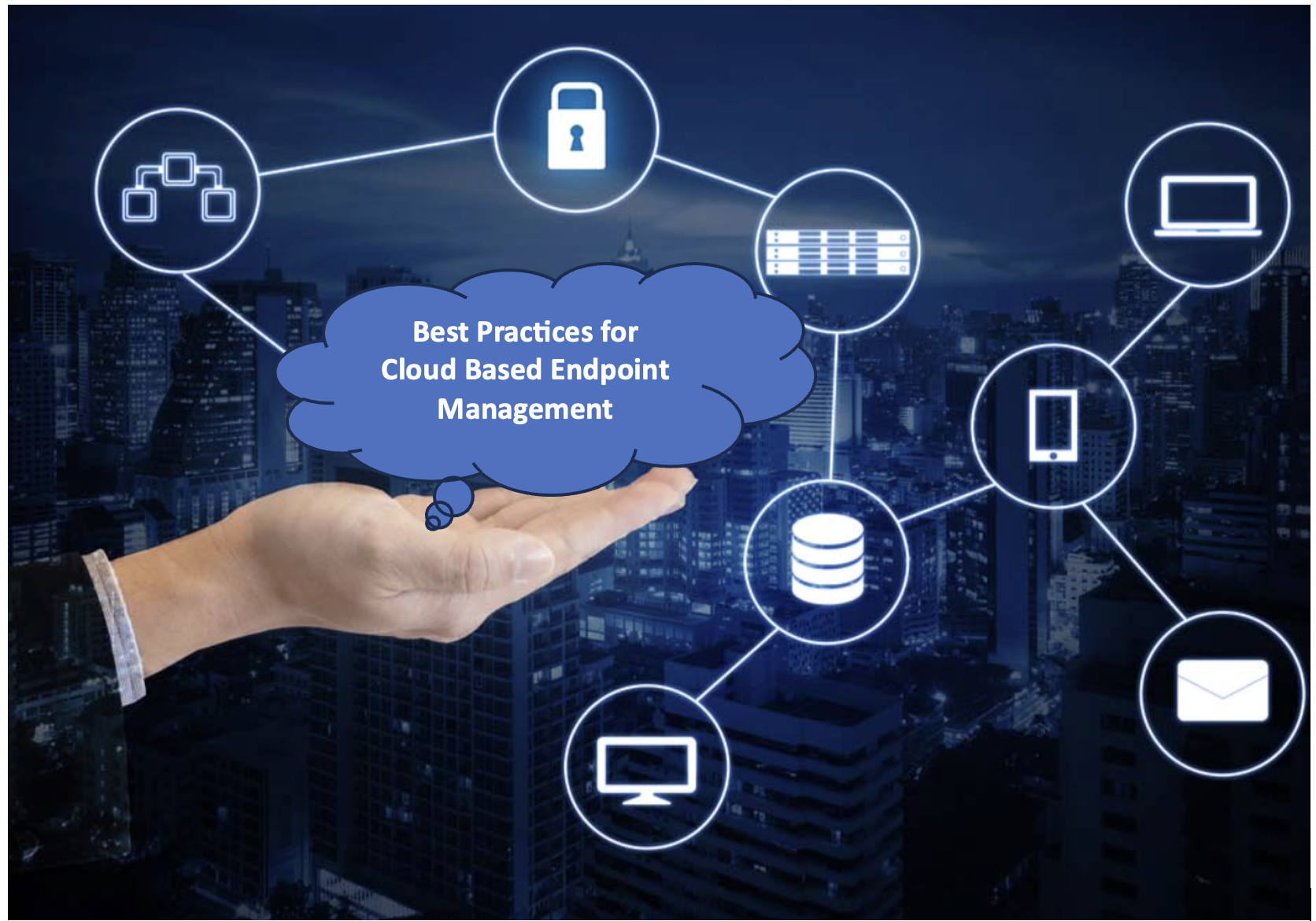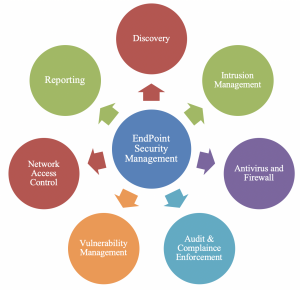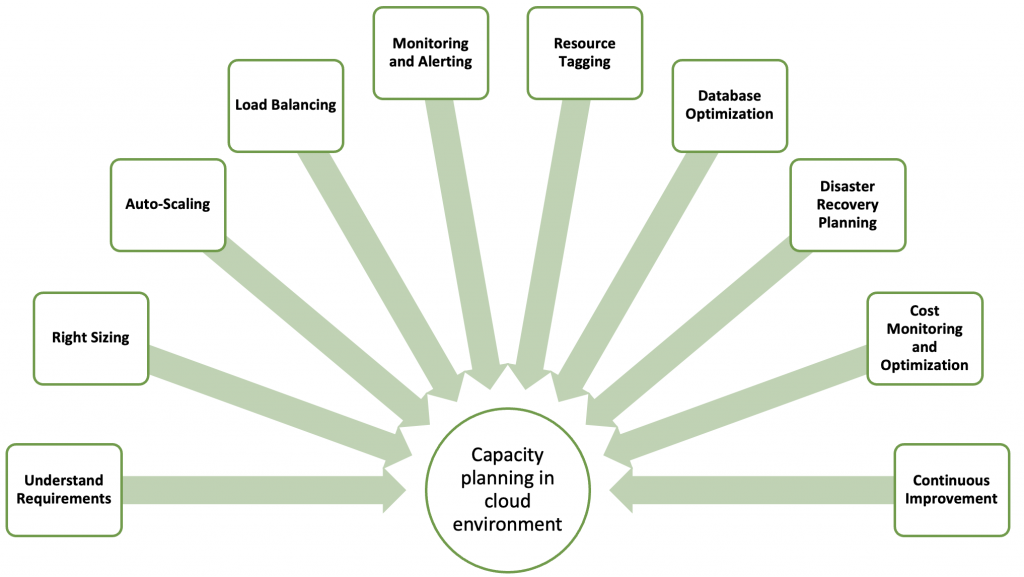How companies with good Data Management Practices can Monetize their Data
Data has become the lifeblood of modern organizations, enabling them to gain insights into customer behavior, market trends, and operational efficiency. Unlocking its true potential is a game-changer for businesses. With the explosion of information and technological advancements, companies that embrace good data management practices are not only able to streamline their operations but also discover new revenue streams. In this blog post, we will explore how with good data management practices they can monetize their valuable data assets in various ways to generate revenue and create additional value.
The Importance of Good Data Management Practices
Data management is a crucial aspect of any successful business operation. Simply collecting vast amounts of data is not enough; it needs to be managed properly for businesses to derive meaningful value from it. Effective management thus involves the collection, storage, organization, and analysis of data to derive meaningful insights. Good data management practices are essential for several reasons as it allows companies to:
- make informed decisions based on accurate and up-to-date information. By ensuring that data is properly organized and easily accessible, businesses can quickly retrieve the information they need to support their decision-making processes.
- help in maintaining data integrity and security. Businesses often deal with sensitive customer information or proprietary company data that needs to be protected from unauthorized access or breaches. Implementing robust security measures ensures that valuable information remains confidential and safe from potential threats.
- enable better collaboration within an organization. When employees have easy access to relevant and reliable data, they can work more effectively together towards common goals. This enhances productivity levels and promotes a culture of teamwork within the company.
- facilitate compliance with regulatory requirements. Many industries have specific regulations regarding how businesses handle customer or financial information. By implementing proper procedures for collecting, storing, and securing this sensitive data, companies can ensure they remain compliant with applicable laws.
How Companies Can Monetize Their Data
Companies today are sitting on a goldmine of data, but many are unsure how to monetize it effectively. Be informed that there are numerous strategies and approaches that can help companies turn their data into valuable revenue streams.
One way companies can monetize their data is by selling it directly to other businesses or organizations. For example, a company that collects customer demographic data could sell this information to marketers who are looking for specific target audiences. By using data monetization platforms, they can connect with potential buyers or partners. These platforms help match data providers with data consumers, facilitating data transactions. This allows the company to generate income from its existing data assets without having to develop new products or services.
Another approach is to offer your data as a service to other companies, providing them with real-time access to your data via APIs or other integration methods. This is particularly relevant for companies with dynamic and constantly updated datasets. They can also license their data to other organizations, allowing them to access and use the data under specific terms and conditions. Licensing agreements can be one-time, recurring, or based on usage, depending on the data’s value and demand. Depending on the customer’s needs, a subscription-based service can also be created that provides access to valuable data insights, reports, or analytics. Subscribers pay a regular fee to access data-related services, which can be a consistent source of revenue.
Companies can also leverage their data by offering personalized experiences or recommendations based on customer behavior patterns. By using advanced analytics techniques, businesses can tailor their offerings in real time, creating added value for customers while increasing sales and loyalty. The streaming giant Netflix is a prime example of how effective data management practices can lead to significant financial gains. By analyzing user behavior and preferences, Netflix is able to recommend personalized content, resulting in increased customer satisfaction and retention. Additionally, by selling anonymized viewing data to third-party advertisers and production studios, Netflix generates additional revenue streams.
Additionally, companies can explore partnerships with third-party vendors who specialize in data analysis and interpretation. By collaborating with experts in the field, businesses can unlock the full potential of their raw data and transform it into actionable intelligence.
There are various ways for companies with good data management practices to monetize their valuable assets effectively. Whether through direct sales of proprietary information or by leveraging insights internally for process optimization or partnering with external experts – the possibilities are endless when it comes to deriving value from big data. Therefore companies must recognize the importance of implementing good data management practices. Successful data monetization not only requires a strong focus on data quality, security, and compliance with data privacy regulations (e.g., GDPR, CCPA). But also clear communication with customers and partners about the value of your data offerings and the terms of use is crucial for building trust and maximizing revenue.




